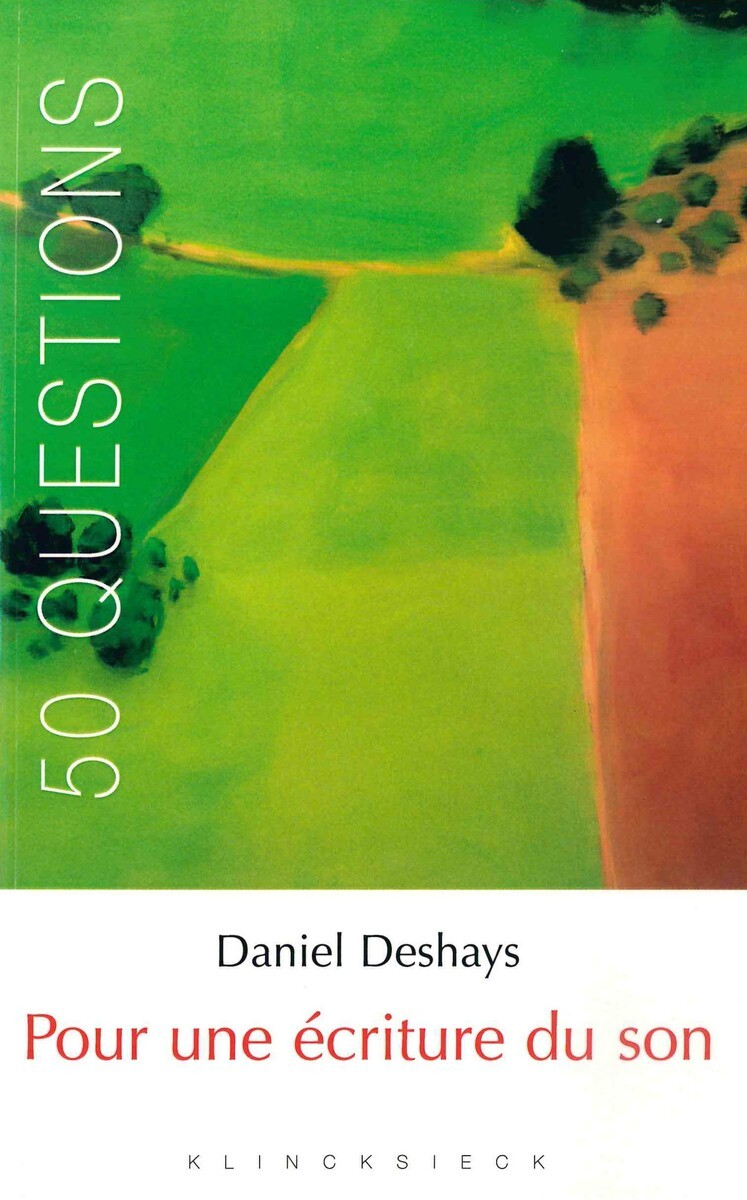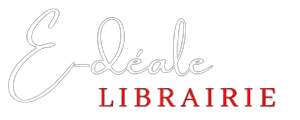Recording professionals think that they are faithfully transcribing reality. However, classical music cannot be recorded in the same way as rock, and the soundtrack of a film is very different from that of a stage play. In fact, sound is far from having achieved its autonomy — it even lacks the advantage of photography, in which a snapshot can be interpreted as either a reporting or an artistic medium. Sounds recorded within the framework of a news report cannot be exhibited in art galleries even though, like photography, they are a « window » on the world !
This book examines the reasons for such a situation. As a « book manifesto », it suggests new sound-recording applications : mixing writing combinations and inventing « mixed techniques » are but a few of the methods needed to foster less restricted sound-recording practices. Why shouldn't a sound recording dare to follow new rules, take full advantage of movement, of a change in the observer's position and of the ellipse, as motion pictures have taught us ? The aesthetic reflection emanating from it originates from the field. These are not presumptive theories — they are all derived from the author's various own productions : films, dance performances and, most pertinently, stage performances.
Daniel Deshays heads the sound training programme at the École nationale supérieure des arts et techniques du théâtre (ENSATT) ; he also founded the sound training programme at the École nationale supérieure des beaux-arts (ENSBa).




